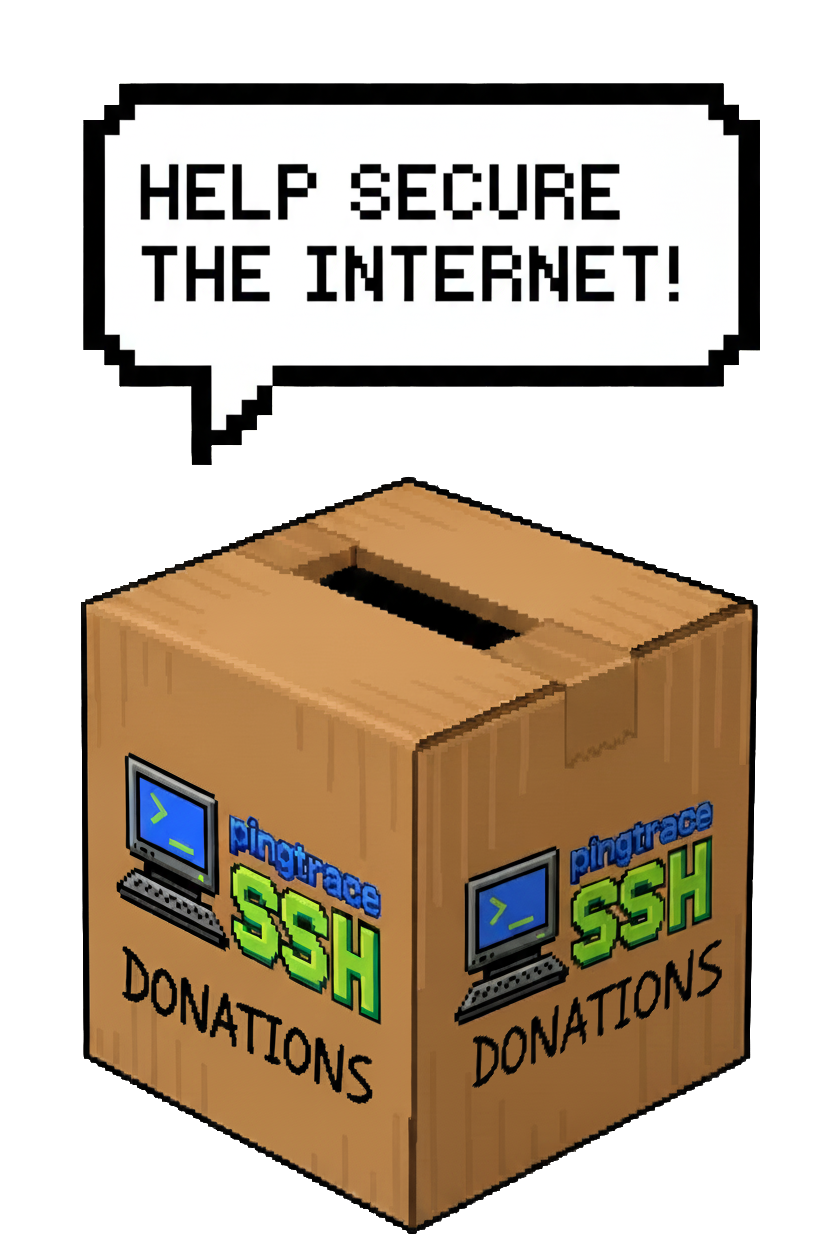Top 10 Things You’ll Hear Before a Critical Outage
/ 4 min read
Updated:Table of Contents
Top 10 Things You’ll Hear Before a Critical Outage
Every IT team has lived this moment.
The room gets quiet, monitoring dashboards stop updating, and someone breaks the silence with a phrase you’ve heard a hundred times before.
Outage bingo begins.
The following list is humorous because it’s true, but under each phrase we’ll explore the technical reason it shows up so often and what you can do to avoid hearing it during the next incident.
1. “It’s probably just DNS.”
The classic scapegoat. And to be fair, DNS misconfigurations or propagation delays really do account for a large number of outages.
Why it happens:
- Incorrect DNS records (typos, stale entries, missing PTRs).
- TTLs set too high, making recovery slow.
- Over-reliance on a single DNS provider.
What to do instead:
Always check DNS first, but validate it quickly with tools like dig, nslookup, or our DNS Checker.
2. “The firewall isn’t blocking it.”
Spoiler: it probably is.
Why it happens:
- Firewalls silently dropping packets without logging.
- Rules created with “any-any” in staging but restricted in production.
- Asymmetric routing causing replies to be dropped.
Prevention:
Document firewall policies and monitor deny logs.
In our Pro Toolkit, we include pre-built queries to parse firewall logs so you know the truth before pointing fingers.
3. “Worked fine in staging.”
Yes, staging is useful—but it rarely mirrors production perfectly.
Why it happens:
- Lower traffic volumes.
- Fewer integrations enabled.
- Different firewall or routing rules.
Best practice:
Automate environment parity checks. A deployment pipeline that enforces matching configs reduces this excuse significantly.
4. “No changes were made.”
Translation: “Someone made a change and didn’t log it.”
Why it happens:
- Emergency fixes outside change control.
- Automation scripts running overnight.
- Vendor updates applied silently.
Prevention:
Enable configuration drift detection.
Our Ultimate Toolkit includes templates that snapshot configs and alert when something changes outside of a window.
5. “Must be a user error.”
Users make mistakes, but this phrase is usually deflection.
Why it happens:
- Poor documentation of expected workflows.
- Application error messages that blame the user by default.
- Overlooked backend failures disguised as client issues.
Action:
Before blaming users, replicate the issue yourself. If you can reproduce it, the problem isn’t the end user.
6. “The vendor says it’s fixed.”
That doesn’t mean it’s actually fixed in your environment.
Why it happens:
- Vendor hotfixes not applied to your system.
- Multi-tenant issues that affect only a subset of customers.
- Communication lags between vendor status pages and reality.
Best practice:
Always test locally after vendor fixes. Trust, but verify.
7. “We didn’t get the alert.”
Monitoring is only as good as the thresholds, integrations, and alert fatigue settings behind it.
Why it happens:
- Misconfigured alert thresholds.
- Alerts buried in noisy channels.
- Alert rules disabled during testing and never re-enabled.
Fix:
Perform alert audits quarterly. Make sure alerts actually reach humans who can act on them.
8. “That system is out of scope.”
Famous last words. Out-of-scope systems have a bad habit of causing in-scope outages.
Why it happens:
- Hidden dependencies between services.
- Legacy systems no one wants to claim.
- Overlapping network zones.
Prevention:
Map dependencies clearly. Tools like application dependency mapping and CMDB audits can prevent finger-pointing during incidents.
9. “Try turning it off and on again.”
Sometimes, it actually works. But in critical outages, this is a stall tactic.
Why it happens:
- Memory leaks or unhandled exceptions that build up over time.
- Devices with no health monitoring until they hard fail.
- Misconfigured HA pairs where a reboot triggers failover.
Better approach:
Identify why a restart helps. If the only fix is reboot, you have a bigger problem waiting.
10. “Can you check the cabling?”
The humble cable is often overlooked, but sometimes it really is a bad link.
Why it happens:
- Damaged or poorly terminated cables.
- Incorrect transceiver/cable type mismatch.
- Loose connections after hardware swaps.
Best practice:
Don’t dismiss cabling checks, but don’t waste an hour re-seating cables before reviewing logs and monitoring data.
Why These Lines Sting
Each of these phrases has a kernel of truth. They persist because they describe real, recurring failure modes in IT systems. That’s why they belong on every outage bingo card.
The key is to move past the cliché and into root-cause analysis. Outages are painful, but they’re also opportunities to strengthen systems and processes.
Take Control Before the Next Outage
You can’t stop every outage, but you can prepare for them.
- Free Toolkit: includes DNS Checker and Ping tools for first-response checks.
- Pro Toolkit: includes log parsers, config drift detection templates, and automation for documenting incidents.
- Ultimate Toolkit: adds monitoring integrations, alert audits, and EngineerAssist GPT to walk you through live troubleshooting.
Start with the Free Tools today or upgrade to Pro or Ultimate to stop relying on outage bingo.
Filed under: Outages, IT Humor, Incident Response

